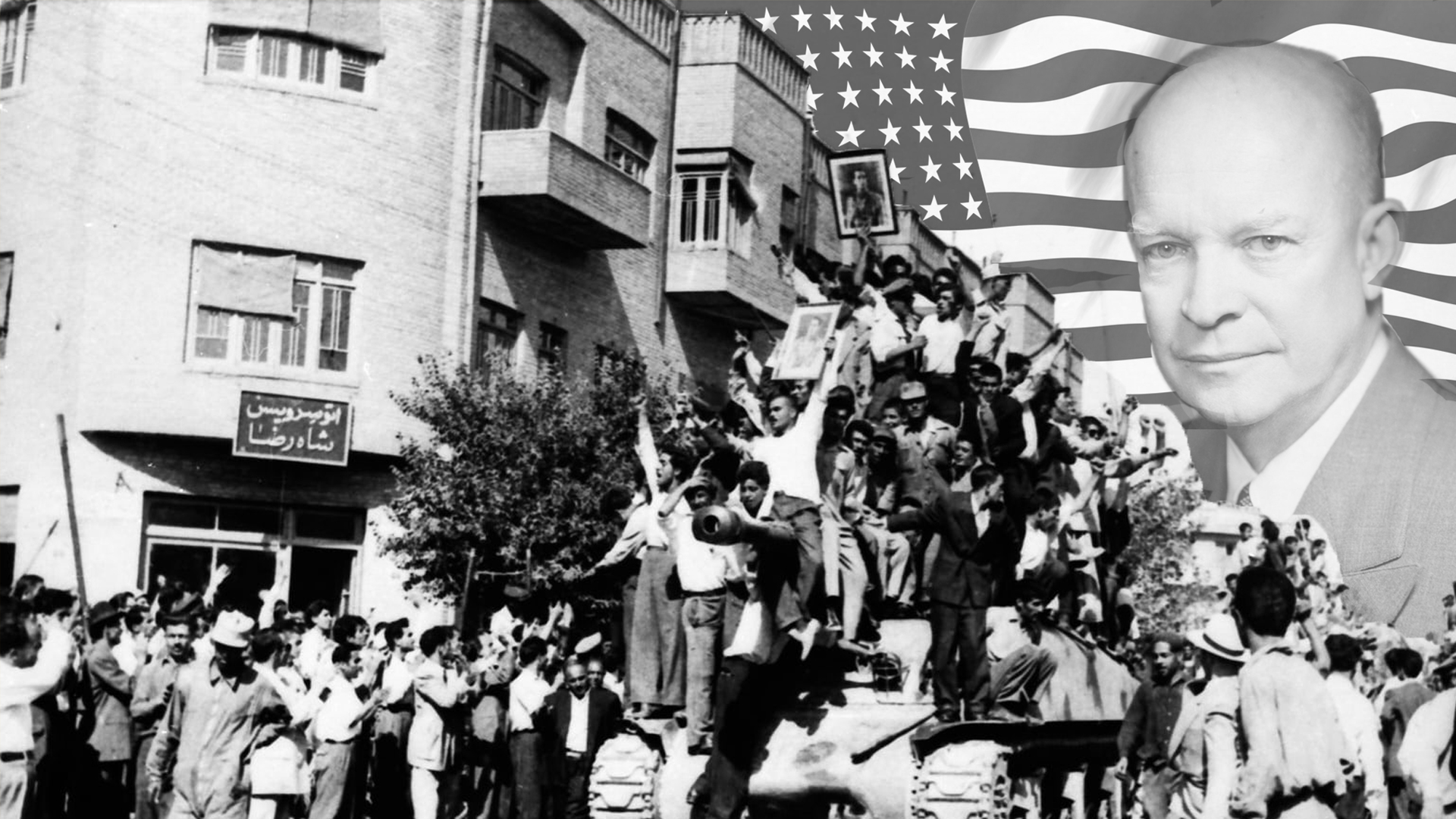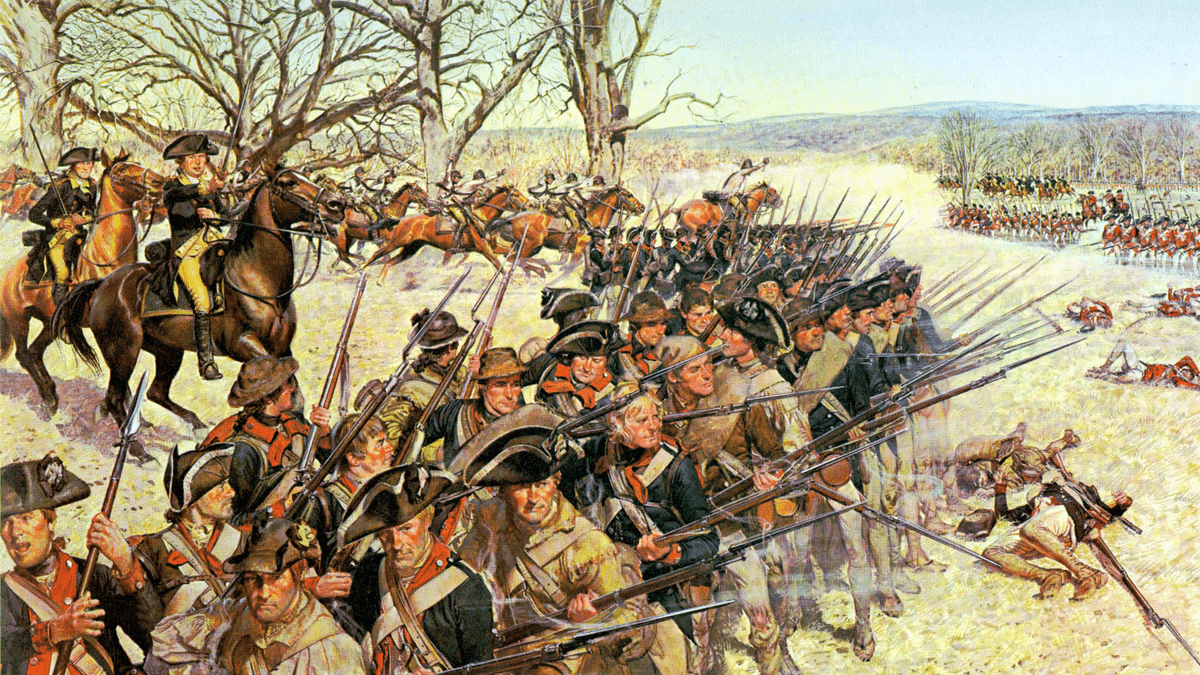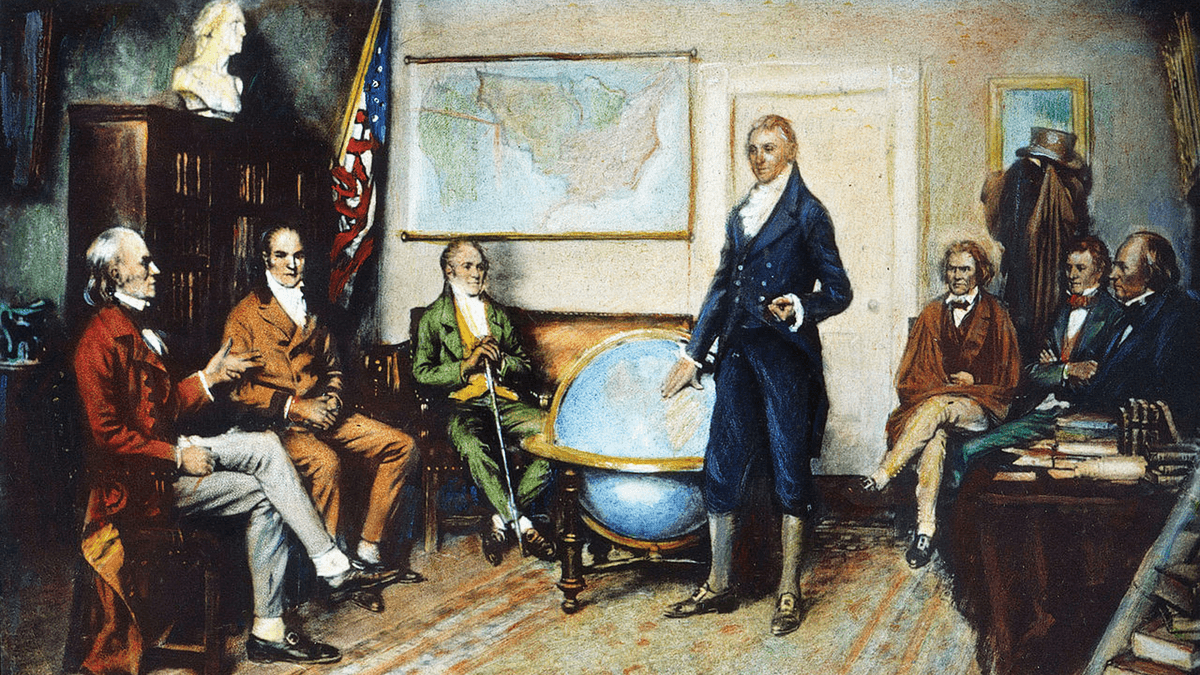CIA-Assisted Coup in Iran

With the help of the CIA and British intelligence, Iran’s elected Prime Minister Mohammad Mossadegh was ousted and the Shah of Iran was restored to power.
What Happened?
Mohammad Mossadegh, a nationalist prime minister, rose to prominence in 1951 after demanding that Iran’s oil industry—long dominated by Britain’s Anglo-Iranian Oil Company—be nationalized. His bold challenge to Western economic power made him a hero at home but a threat to Western governments and oil interests.
In 1953, the CIA, led by Kermit Roosevelt Jr., and British intelligence launched a covert operation to remove Mossadegh. Their strategy included spreading propaganda, bribing officials, and organizing protests. The first attempt failed, but a second push on August 19 succeeded with the backing of the Iranian military and royalists.
The Shah, Mohammad Reza Pahlavi, returned to power and ruled with U.S. support for the next 25 years. In exchange, American oil companies gained major stakes in Iran’s oil industry. Mossadegh was arrested, tried, and lived the rest of his life under house arrest until his death in 1967.
While the coup seemed like a Cold War victory, it had long-term consequences. Many Iranians saw it as proof of Western imperialism and interference. The resentment simmered for decades and erupted in the 1979 Islamic Revolution, when the Shah was overthrown and a new theocracy took power under Ayatollah Khomeini.
In 2013, the CIA finally admitted its role in the coup, confirming what had long been suspected: the operation was a decisive moment in U.S.–Iranian relations, one that continues to shape tensions to this day.
Why It Matters
The 1953 coup in Iran wasn’t just about oil—it was about who gets to decide a nation’s future. By toppling an elected leader in the name of Cold War strategy, the U.S. and Britain showed how far they were willing to go to protect their interests. For Iranians, it was a painful reminder of foreign control over their destiny. That memory never faded, and it helps explain why mistrust of the United States runs so deep in Iran today. The coup set off a chain reaction that led to revolution, hostage crises, and decades of hostility. It is a powerful lesson about the costs of sacrificing democracy abroad for short-term geopolitical gain.
?
Why did Mossadegh’s nationalization of oil create such strong opposition from Britain and the United States?
How did the 1953 coup shape Iranian views of the U.S. leading up to the 1979 Islamic Revolution?
How did the CIA and British intelligence justify interfering in another nation’s politics?
What role did Cold War fears of communism play in the decision to oust Mossadegh?
What lessons can be drawn about foreign intervention and its long-term consequences?
Dig Deeper
The historical reality is that Iran had a secular, democratic government, led by Prime Minister Mohammad Mossadegh between 1951 and 1953 — but Mossadegh was removed from power in a coup organized and funded by the CIA and Britain’s Secret Intelligence Service, also known as MI6.
Iran's Revolutions. Yes, revolutions plural. John Green explores Iran’s long history of revolutions, from Mossadegh’s ouster to the 1979 Revolution that reshaped the nation.
Related

The American Revolution: Liberty, Loyalty, and North Carolina’s Role
The fight for independence wasn’t just fought in Boston and Philadelphia—it reached the farms, rivers, and hearts of North Carolina. Learn how the war unfolded, who fought, and why freedom remained a promise still waiting to be fulfilled for many.

The First Great Awakening: Faith, Fire, and a New American Identity
Long before the Revolution, a different kind of rebellion was stirring, one in the soul. The First Great Awakening reshaped American religion and helped plant the seeds of self-government and democratic identity.

The Monroe Doctrine
How a young United States told the world to stay out of the Western Hemisphere—and what that meant for the Americas.
Further Reading
Stay curious!
